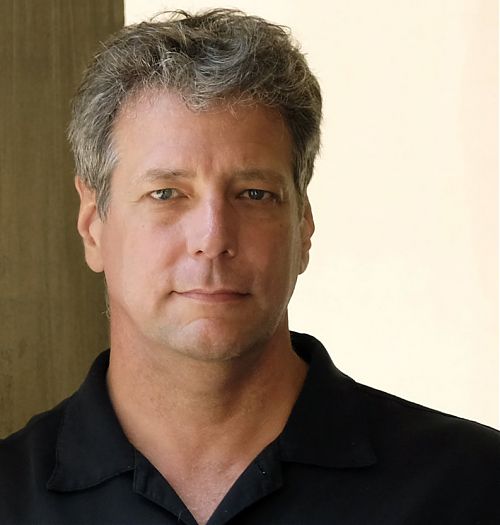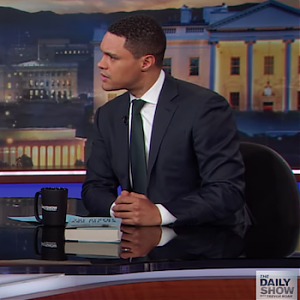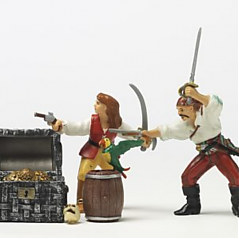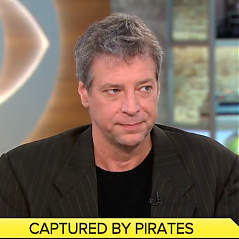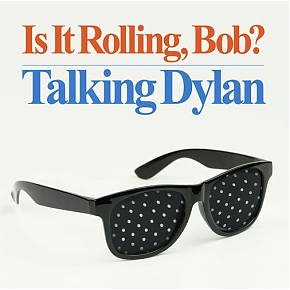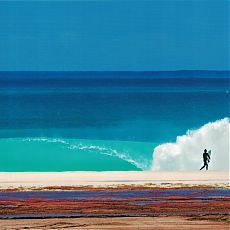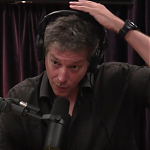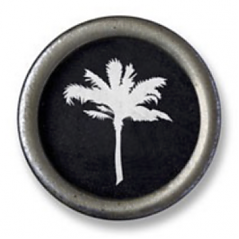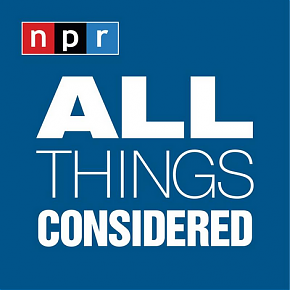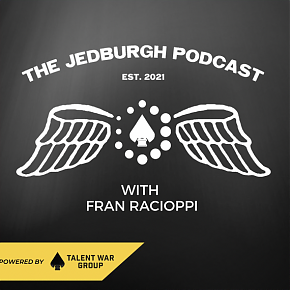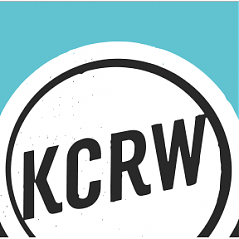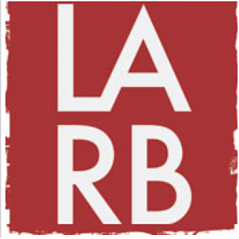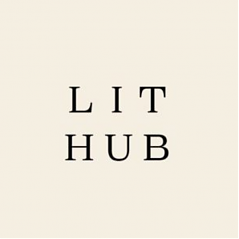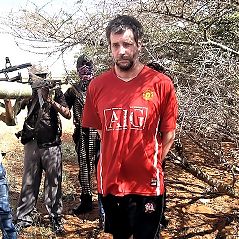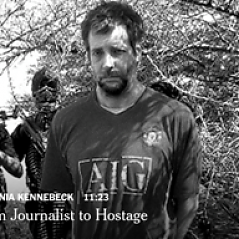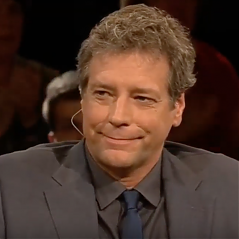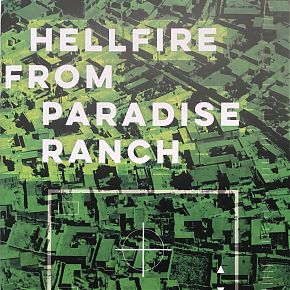George Freeth, Biographed
The first academic treatment of America’s surf pioneer
September 2022
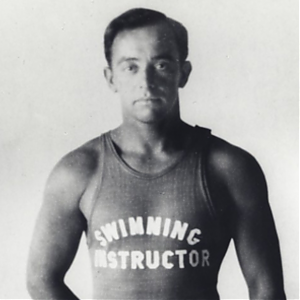
GEORGE FREETH may be California’s most underrecognized celebrity, a famous Los Angeles figure during his lifetime who not only seeded the sport of surfing from Hawaii, where he was born, but also established a lifeguard tradition that opened a path for American beach culture. No Freeth, no Beach Blanket Bingo. He taught hundreds of people to swim. He coached Olympic champions. And he saved the lives of 200–300 individuals who found themselves in trouble in the sea.
This statistic is one remarkable conclusion of Patrick Moser’s fine biography Surf and Rescue: George Freeth and the Birth of California Beach Culture, which sets a new standard of detail on the surfer’s short life. Freeth was a hapa haole, half white and half Hawaiian, born in 1883. He spent his childhood in Honolulu and on the small guano island of Kauō, where his father ran a mining operation. As a 23-year-old beach boy in Waikiki, he taught Jack London to surf. In late 1907, he moved to California to start a career as an exhibition surfer and lifeguard in Venice and Redondo Beach. He’s remembered as California’s main surf pioneer, though other people certainly surfed the West Coast in the 1800s. The difference is that Freeth made the sport famous, and after his 12 itinerant years in California, the mainland would never be the same.
He started as a swimmer. Freeth belonged to a young generation of Hawaiian “beach boys” who swam in the surf and revived the native art of riding upright on a board, called he‘e nalu, which Christian missionaries had repressed for decades as “pagan” behavior. He became a sort of stuntman who could liven up the Waikiki whitewash with flips and headstands. When he brought his act to California, coastal real-estate developers like Henry Huntington and Abbot Kinney had started to build sprawling seaside attractions to lure people out from Los Angeles. No one wanted to live by the beach in those days. But Americans did see some benefit to splashing around in saltwater baths, so a series of windowed pavilions — from the Sutro Baths in San Francisco to a “plunge” in Redondo Beach — became fashionable places to cool off, alongside roller coasters, boardwalks, dance halls, or, in Venice, a system of faux-Italian canals.
The magical act of surfing seemed to fit this carny atmosphere. Huntington and Kinney hired Freeth to give shows in the water. His stunts attracted newspaper stories and became a reason to board the Los Angeles & Redondo Railway. Between well-paid sessions in the waves, Freeth distinguished himself as a competitive swimmer and “fancy” diver, a bathhouse lifeguard, and a swimming coach. A great deal of Moser’s biography, in fact, relies on sporting statistics: you can trace Freeth’s movements around California by looking at swim-meet results. Moser also builds some narrative tension using a public struggle between “amateur” and “professional” sports, which dogged Freeth all his life. His professional waterman jobs disqualified one of Hawaii’s great athletes from amateur competition, including, eventually, the Olympics.
Moser analyzes a dense assortment of sources from the public record, which will be useful to any scholar. His book builds on Arthur Verge’s extensive, solid journalism about Freeth. What’s missing are personal details: Freeth seems to have left none behind. It’s astonishing that a man so well traveled, with friends and family across the Pacific, kept no correspondence. It would be nice to know what he felt about people and events. He liked to mentor young men, for example. He traveled with them and trained them to swim and surf; he got along famously in groups of young men whenever he joined a swimming or rowing club. He never settled down with a woman.
Wait. Was the godfather of American surfing, possibly, gay?
Moser doesn’t know:
Though Freeth was a natural model on which to base a love story — known for his quiet strength, athleticism, and humility — his own love life remains a mystery. He was a lifelong bachelor and left no children. There are no direct references to him in any kind of romantic relationship.
Moser builds a portrait of a gentle and generous man who quietly sidestepped the racism and sexism of his time. As a mixed-race Hawaiian, he blended in more easily on the California coast than a surfer with full Hawaiian ancestry would have, which Moser argues made him an acceptable ambassador to white Americans in 1907. But he was sensitive to discrimination. He avoided Hawaii’s Outrigger Canoe Club, for example, which denied membership to the young Duke Kahanamoku, the Hawaiian whose fame as a surfer and swimmer eventually overtook Freeth’s:
Because Duke and other locals earned money by taking tourists out in canoes and on surfboards, their activities constituted professionalism, semiprofessionalism, in the eyes of the club founders. […] The lines drawn at the Outrigger Club between amateurs and professionals also encompassed race. [Alexander Hume] Ford himself emphasized this distinction by declaring that the club was “practically an organization for the haole (white person).”
On a return trip to Hawaii, Freeth seems to have preferred a job as a construction diver at Pearl Harbor to membership in the Outrigger Club.
Old Hawaiian tradition draws no line between male and female talent in the water, and Freeth gave lessons to women outside the male-only club system. He swam against “The Seaweed Sisters,” Dorothy Newkirk and Avis Gordon, during an ocean race between Santa Monica and Venice in 1908. Moser believes Freeth encouraged them to ditch their heavy Edwardian swimming dresses and compete in the more daring outfit of a tank top and shorts. “It would not be surprising at all if Freeth had encouraged the women to don male suits,” he writes, “both to improve their times and to increase their safety.” By 1911 and 1912, there were paintings of women surfing — in dresses and stockings, among fanciful frothing waves — on the cover of Sunset magazine.
Moser has uncovered a near-perfect silent film by Mack Sennett, the director of Keystone Cops, starring Freeth as a lifeguard. When bumbling cops on the Redondo boardwalk try to deliver a young woman from the clutches of an aggressive Romeo, she falls into the water. So does a cop. Freeth and his protégé Ludy Langer ride to the rescue on a motorbike. They show off a life-saving machine with a distinctive torpedo-shaped buoy, which Freeth introduced to California, anticipating Baywatch. The humble heroes then receive a shower of kisses from the white-dressed damsel, and it’s fascinating to watch early lifeguard propaganda in action.
Film hides as much as it reveals, of course, and Freeth presented a smooth, impermeable face to the world. His glossy image anticipates the shiniest elements of modern surf culture. It’s an academic trend now to dump on surf culture for appropriating a Hawaiian cultural artifact — how did a sport performed for centuries in Hawaii (and Africa, and South America, and elsewhere — though probably prone or on surf boats, not in the same style) become so thoroughly white?
Surf and Rescue helps explain. Freeth and Kahanamoku might be accused of exploiting a fine old tradition, of making a buck, but not of appropriation. They revived a great sport. The erasure of Hawaiian tradition within surfing started in the beach suburbs of Australia and California where the sport took root and changed. There were tiki torches and silly dances; there were feverish experiments in fiberglass and foam. Then it went Hollywood. For a while, American surfing still attracted Beat-minded rebels and dropouts, but by the 1980s it belonged to jock culture. The pro circuit became a coke-fueled path to fame for skittish suburban kids, and a more intolerant strain was obvious to anyone who bothered to look.
Moser traces the racial intolerance all the way back to Alexander Hume Ford, an American writer who moved to Honolulu from South Carolina. Ford boosted surfing as an attraction for white tourists, to counter Japanese immigration to the islands. And in 1908, he founded the Outrigger Club, only to keep out the Duke. Hawaiian-born surf ambassadors took a more enlightened, respectful approach, even if they knew Ford, as Freeth and Duke both did. These conflicting strains have wrestled in surf culture ever since.
Freeth died in 1919 during the flu pandemic, in San Diego, at the age of 35. Physically, he’d never been stronger. But Great War veterans came home through the naval base and started an outbreak that blazed through the city, through the bathhouses, through a workers’ tent camp near the beach. No one had a vaccine. Freeth died of pleurisy and other lung complications after 10 weeks in a hospital bed. “In essence,” writes Moser, “he drowned.”
This biography is the sort of fine-grained scholarship I needed when I wrote about Freeth in my own book, Sweetness and Blood, in 2010, and it’s terrific to have such substantial research collected in a single volume with many falsehoods corrected. The fascinating part is that, despite the research that Moser has amassed, after so many years of low-flying fame, Freeth himself remains a smooth enigma.
Michael Scott Moore
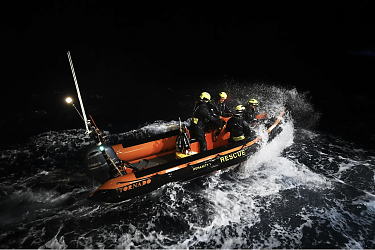
Rafts of the Medusa
Why every day on the Mediterranean is a new scandal for Europe. For both Foreign Policy and Die Zeit.
California’s Attempt at Land Reparations
How land seized from a Black family 100 years ago may be returned. The Bruce’s Beach story from a hometown angle, for The New Yorker
Day of the Oprichnik, 16 Years Later
The novelist Sorokin, the president Putin, his man Dugin, and the war in Ukraine. For n + 1.
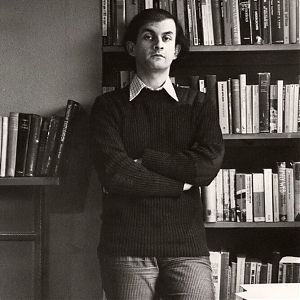
The Rushdie Narrative
Knife and the crumbling ground beneath free speech
There Must Be Some Way Out of Here
An essay on Bob Dylan, “All Along the Watchtower,” and Somali pirate captivity.
That Mystic Shit
The life of Lou Reed in two biographies
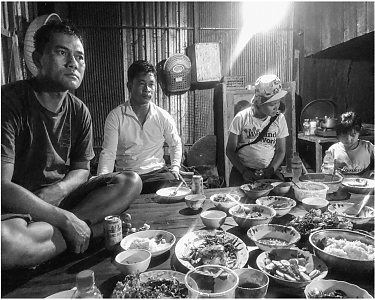
Cambodian Seafarers Talk About Pirates
Mike visits Cambodia for The New Yorker to talk about a harrowing shared experience in Somalia
The Muslim Burial
Cambodian hostages remember digging a grave for one of their own. A sequel chapter to The Desert and the Sea
The Real Pirates of the Caribbean
Adventure journalism in Southern California. A travel essay for The Paris Review.
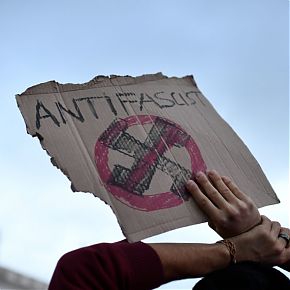
Antifa Dust
An essay on anti-fascism in Europe and the U.S., for the Los Angeles Review of Books
Was Hitler a Man of the Left?
A book that helped Republicans in America lose their damn minds.
Ghosts of Dresden
The Allied firebombing of Dresden in 1945 destroyed the baroque center of what Pfc. Kurt Vonnegut called, in a letter home from Germany, “possibly the world’s most beautiful city.”

George Freeth, Biographed
The first academic treatment of America’s surf pioneer. Also, was Freeth gay?
It’s Called Soccer
Americans live on what amounts to an enormous island, defended on two shores by the sea, and we’ve evolved a few marsupial traditions that nobody else understands.
Tilting at Turbines (in the Severn River)
The morning was clear and cold, with frost on the church steeple and the cemetery grass. I had a quick English breakfast at a white-cloth table, in my wetsuit, and drove to Newnham, a village on the Severn River in Gloucestershire, parking near the White Hart Inn.
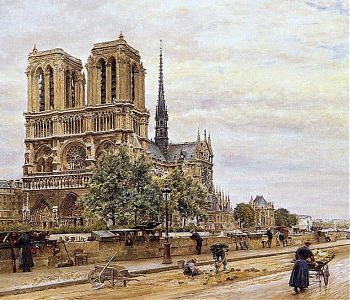
The Curse of El Rojo
I’d packed the car lightly — a bag of clothes, a bag of cassette tapes, a backpack of books, a few essential tools.









